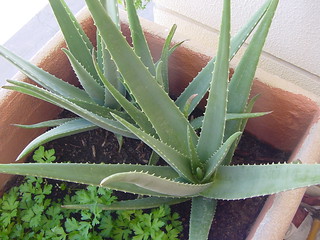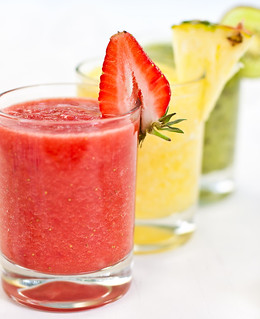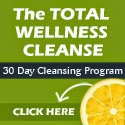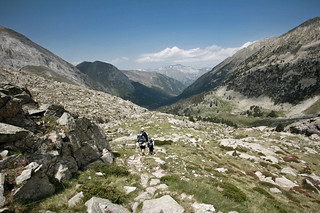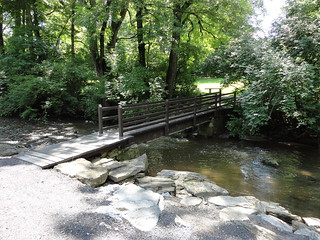As you go about your everyday activities, your body has mechanisms in place for ridding itself of toxins. When you use the bathroom, exhale, and sweat, your body is excreting substances for which it has no use or that might cause harm.
The organs involved in these processes sometimes get overwhelmed and need a break. Like any system that works 24 hours a day, the human body sometimes just needs some "down time."
What Does a Detox Involve?
In some cultures and religions, fasting is part of religious observance. A "detox" is a sort of variation of the fasting theme, designed to purify and cleanse. A detox, like a fast, is always to be regarded as a temporary dietary adjustment,
not a permanent one. Most detoxes last anywhere from one to five days, with most lasting three. Do not ever attempt a detox if you are pregnant or nursing.
There are several different types of detoxes, or cleanses, that are prevalent today. Among them are:
1. Juicing
* This is probably the most common and popular kind of detox. "Green" juices made from raw cabbage, kale, or other leafy greens are allowed, as well as some fruit juices.
* Some nutritionists recommend preparing for the juice detox a day or two before by eating only raw fruits and vegetables. When coming off the juice detox, eat only raw fruits and vegetables for another two days, then gradually introduce small meals of other items back into the diet.
* The lemonade diet, where the participant drinks only maple-syrup sweetened lemon juice mixed with water for several days, is one of the best-known juice-based detoxes, but it can be very hard on the body, and reported results vary.
2. Fruit and Veggie
* This detox is said to be good for anyone wishing to relieve the body of the stresses caused by digesting dairy and meat products. On this detox diet, the fruits and vegetables can be raw or cooked - and they often include beans, so you have a good source of protein.
3. Water Only (Fasting)
* While this is a fairly popular form of detox, some experts strongly advise against it. Drinking water only can upset your electrolyte balance, and it also tends to result in a too-rapid release of toxins into the bloodstream for elimination. If you do choose to do a water only detox, make it for just one day.
Detox diets are often supplemented with herbs and/or fiber supplements as well.
What Are the Benefits of Doing a Detox?
1. Cleansing your body's organs
Detoxification is helpful in cleansing the blood and lymphatic systems, cleansing the colon of impurities, and giving the kidneys and liver - the main blood filtering organs - a rest. As the intake of toxins is curtailed in a detox, the body has a chance to release stored toxins.
2. Removing toxins stored in your fat tissue
Interestingly, most agricultural chemicals, especially pesticides, are fat-soluble. This means they tend to accumulate in fatty tissue in the body, and are found in higher concentrations in high-fat foods which are not organically grown. As you undergo a detox, you begin to lose some fat, and as the fat gets "loosened up," the toxins get released from it.
3. Improved sense of well-being & physical healing
Detox diets are also touted as a means by which ill people can correct their illness. Ulcers, cancer, depression, and general inflammation have all been relieved by detox diets.
Ultimately, a detox program can be very helpful when done periodically to improve your health. However, you should always use caution, listen to your body, and we generally recommend a gentle detoxification program such as the
Total Wellness Cleanse, rather than an extreme program or regimen.






